CME hits Earth, sparks a terrifying G4 Geomagnetic storm! Auroras seen all over the world
One of the strongest CMEs hit Earth and sparked a terrifying G4-class Geomagnetic storm as well as auroras which were seen all over the world, according to reports.
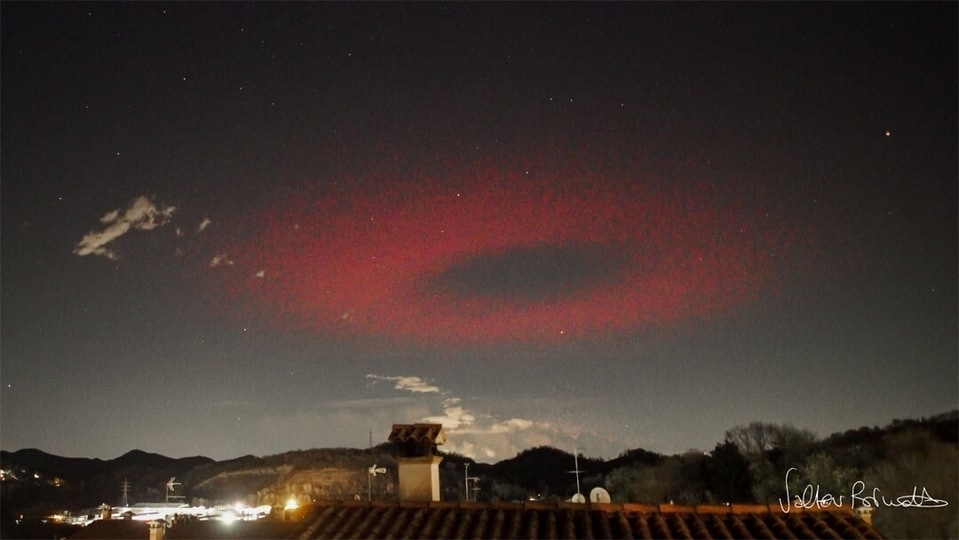
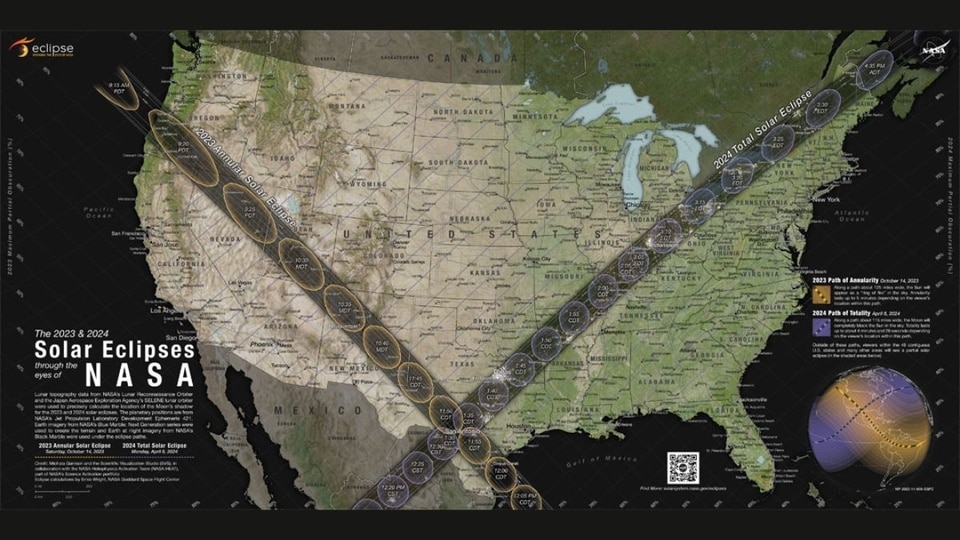
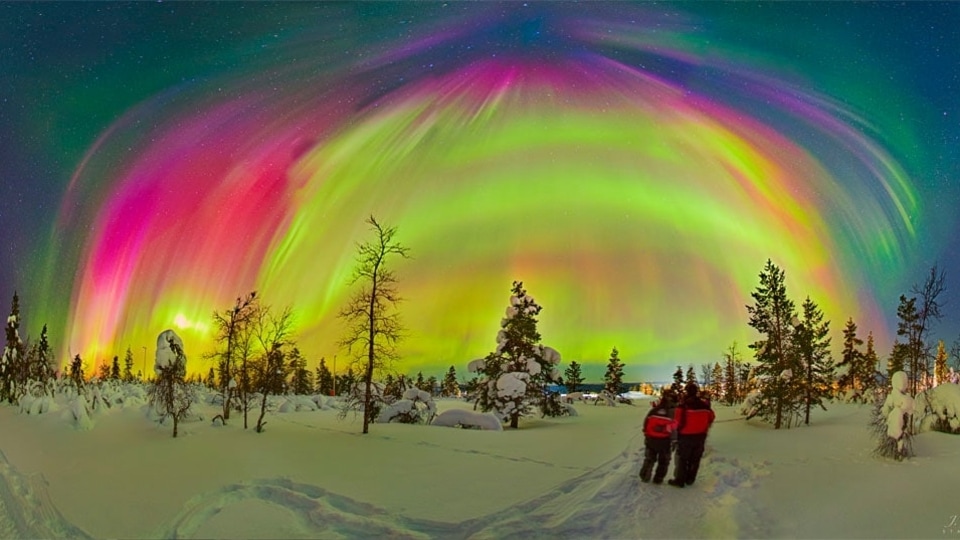
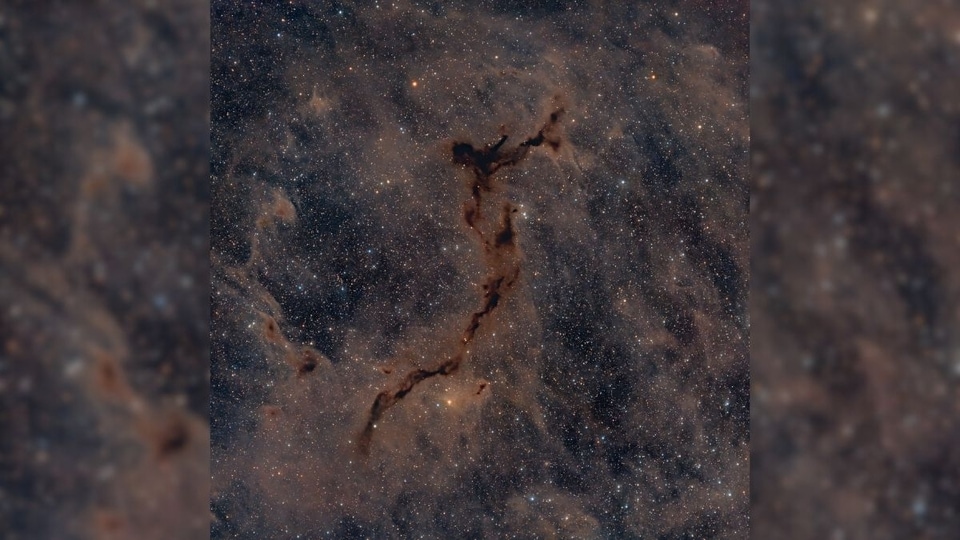
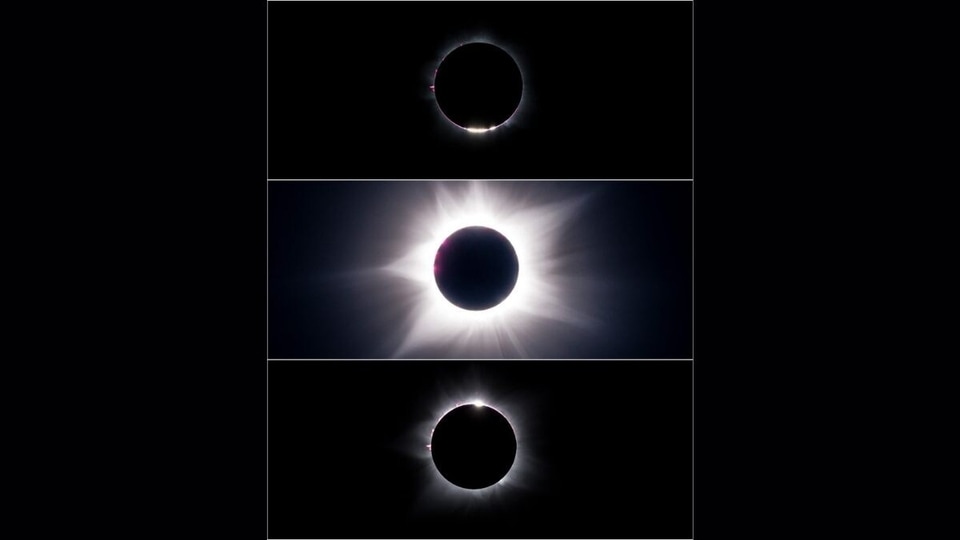

 View all Images
View all ImagesEarth has been continuously bombarded by solar storms since the turn of the year and not a single week has gone by without one incident or the other of solar particles hitting our atmosphere. We have seen multiple X-class solar flare eruptions, G3-class solar storms and super-charged CME clouds and solar winds wreaking havoc on our planet. Recently, forecasters at the National Oceanic and Atmospheric Administration (NOAA) have revealed that a strong CME sparked a terrifying G4 Geomagnetic storm.
According to a report by spaceweather.com, a terrifying CME hit Earth yesterday, April 23 at 1737 UT and sparked one of the strongest, G4-class Geomagnetic storm. This Geomagnetic storm impact caused auroras to be seen all over the world. The streaks of light were observed lighting up the sky in Europe and as far as south of France, and were visible even in brightly-lit urban areas.
Heiko Ulbricht captured auroras from Saxony in Germany. Ulbricht told spaceweather.com, “There were bright green spots dancing across the sky all the way up to the zenith. This was a display not to be forgotten.”
What's shocking is that this Geomagnetic storm event is still going on! The reports reveal that this Geomagnetic storm has sparked auroras in the US, with streaks of light captured in Kentucky and more auroras are expected to paint the sky as the night falls in North America.
Factors driving solar activity
The Sun entered solar cycle 25 in 2019 and it is expected that it will hit its peak in July 2025. And this is the main reason why the Sun has suddenly become so violent. The Earth is in for a rough ride. If the Earth is hit with a G5-class solar storm, it can not only damage satellites and disrupt wireless communications such as internet services, mobile network and GPS, it can also cause power grid failures and even disrupt electronics such as pacemakers on Earth.
Solar observation tech
While many space agencies from NASA with its Solar Dynamics Observatory (SDO) to National Oceanic and Atmospheric Administration (NOAA) keep track of Sun-based weather phenomena, one that particularly stands out is the DSCOVR satellite by NOAA. The satellite became operational in 2016 and tracks different measurements of the Sun and its atmosphere including temperature, speed, density, degree of orientation and frequency of the solar particles. The recovered data is then run through the Space Weather Prediction Center and the final analysis is prepared.
Catch all the Latest Tech News, Mobile News, Laptop News, Gaming news, Wearables News , How To News, also keep up with us on Whatsapp channel,Twitter, Facebook, Google News, and Instagram. For our latest videos, subscribe to our YouTube channel.































